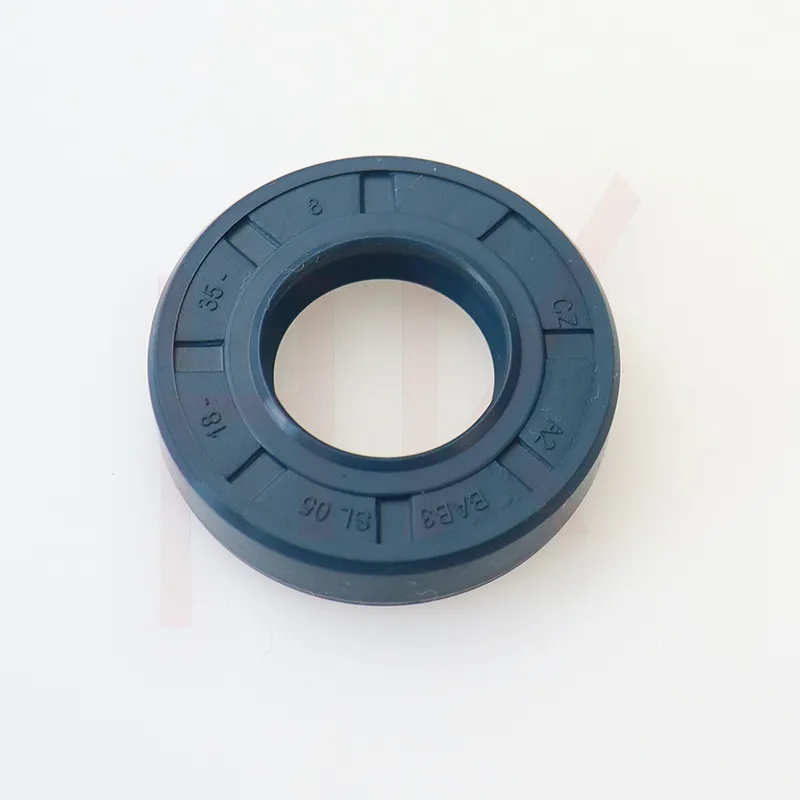Oct . 17, 2024 01:07 Back to list
radial oil seal
Understanding the Radial Oil Seal A Vital Component in Machinery
Radial oil seals, also known as rotary shaft seals, are essential components used in various mechanical systems to prevent the leakage of lubricants and fluids. These seals play a crucial role in maintaining the efficiency and longevity of machines, making their understanding vital for engineers and technicians alike.
A radial oil seal typically consists of a rubber or elastomeric body that compresses against a shaft, creating a barrier against contaminants and preventing the loss of oil. The design of these seals usually includes a metal or plastic casing that provides structural support and facilitates easy installation. The primary function of the radial oil seal is to provide a reliable sealing surface around rotating shafts, such as those found in motors, gearboxes, and automotive components.
One of the main benefits of radial oil seals is their ability to withstand a variety of environmental conditions. They are designed to endure fluctuations in temperature, exposure to chemicals, and varying pressure levels. This durability makes them suitable for applications in automotive, industrial machinery, and aerospace sectors.
radial oil seal

Selecting the right radial oil seal involves understanding the specific requirements of the application. Factors such as shaft diameter, surface finish, and operational speed must be considered. Additionally, the compatibility of seal materials with the lubricants used in the system is crucial. Different elastomers, such as Nitrile, Viton, and Silicone, offer varying resistance to oil, heat, and chemicals.
The installation of radial oil seals is another critical aspect to ensure their optimal performance. Improper installation can lead to premature wear or failure, resulting in costly downtime and repairs. It is essential to follow manufacturer specifications regarding the installation procedure, which often includes ensuring that the sealing surfaces are clean, the shaft is appropriately prepared, and the seal is aligned correctly.
Regular maintenance and inspection of radial oil seals can help identify potential issues before they escalate. Signs of seal failure may include oil leaks, increased friction, or unusual noises during operation. Addressing these issues promptly can prevent more significant damage to machinery and extend the lifespan of the equipment.
In conclusion, radial oil seals are integral components that ensure the proper functioning of various mechanical systems by preventing fluid leakage and contamination. Their resilience and adaptability make them a preferred choice in many industries. Understanding their design, application, and maintenance will enable engineers and technicians to effectively utilize these seals, ultimately contributing to enhanced performance and reliability of machinery. As technology evolves, so will the designs and materials used in radial oil seals, paving the way for even greater efficiency and longevity in mechanical systems.
-
TCN Oil Seal Metal Ring Reinforcement for Heavy Machinery
NewsJul.25,2025
-
Rotary Lip Seal Spring-Loaded Design for High-Speed Applications
NewsJul.25,2025
-
Hydraulic Cylinder Seals Polyurethane Material for High-Impact Jobs
NewsJul.25,2025
-
High Pressure Oil Seal Polyurethane Coating Wear Resistance
NewsJul.25,2025
-
Dust Proof Seal Double Lip Design for Construction Equipment
NewsJul.25,2025
-
Hub Seal Polyurethane Wear Resistance in Agricultural Vehicles
NewsJul.25,2025
-
The Trans-formative Journey of Wheel Hub Oil Seals
NewsJun.06,2025
Products categories
















